Filter by
Publications (200)
RSS
ESARDA Bulletin N.55 - This work reports first about the efforts done at SCK•CEN on simulating detector response functions for different types of NDA instruments such as the Fork detector, the ForkBall detector and SINRD detectors.
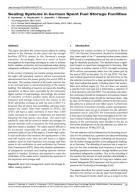
ESARDA Bulletin N.55 - This paper describes the current issues related to sealing devices in the German on-site spent fuel dry storage facilities (SFSFs) related to the Germany’s energy transition.
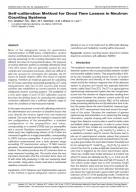
ESARDA Bulletin N.55 - In this paper we present a novel self-calibrating method for the determination and correction of dead time losses that uses directly the neutron signal from real measured material.
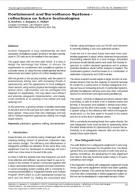
ESARDA Bulletin N.55 - This paper deals with the time after NGSS. It is time to design the technology that follows, to discuss the requirements for C/S systems in a broader sense, to study the very volatile general technical environment and select options for further development.
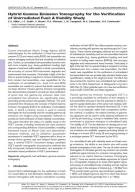
ESARDA Bulletin N.55 - This paper discusses potential IAEA use cases and implementation approaches, a novel method for modeling instrument response that couples Monte Carlo and deterministic transport methods, candidate signatures, and a method for extracting fissile isotope concentrations.
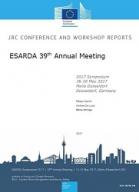
The 39th ESARDA symposium on Safeguards and Nuclear Non-Proliferation was held in Düsseldorf, Germany from 16-18 May, 2017.
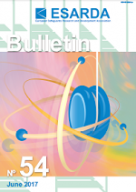
ESARDA Bulletin N.54, The International Journal of Nuclear Safeguards and Non-Proliferation
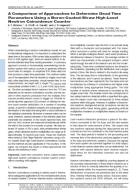
ESARDA Bulletin N.54 - In the results reported here, two and four AmLi sources are measured simultaneously within the well of the counter for a number of cycles. In this paper, we compare the results of these approaches and discuss the relevance of both.
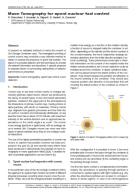
ESARDA Bulletin N.54 - At present no validated methods to verify the content of Dry Storage Containers exist. The investigation profiting of cosmic muons may constitute a very effective method to detect or exclude the presence of spent fuel bundles.
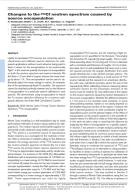
ESARDA Bulletin N.54 - In this work the authors quantify the impact of encapsulation on both the neutron spectrum and neutron intensity. They find that a 1.3 mm shell of copper reduces the mean energy by about 1 %.
